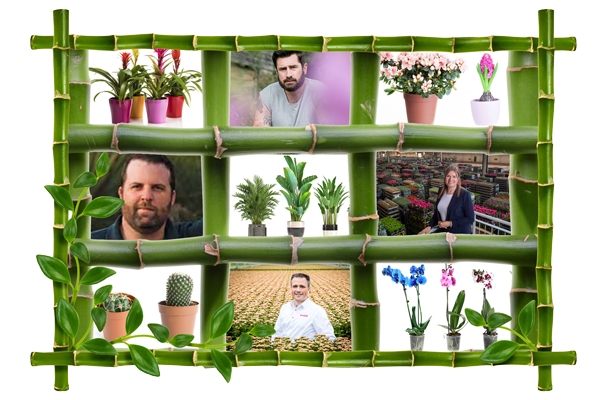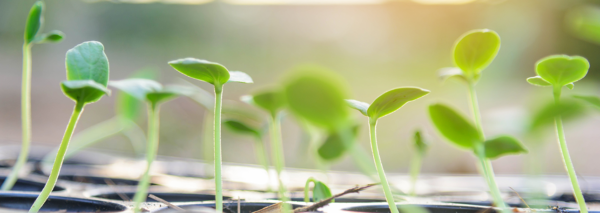“The current UPOV (International Union for the Protection of New Varieties of Plants) rules on ‘Essentially Derived Varieties’ (EDV) are reducing the access that growers have to new varieties and an alternative solution is required for the future.” This is the message that Mia Buma, secretary of the AIPH Standing Committee for Novelty Protection, will bring to the UPOV seminar on EDV being held in Geneva on 22nd October.
The EDV provision matters to the industry, as it defines that if a breeder brings a new variety onto the market that is not significantly different from its parent variety, he can apply for a breeders right but still needs permission from the owner of the already existing protected variety, if he wants to exploit his new variety. In practice the rules are complicated to implement. Discussion revolves around how to prove relatedness or otherwise. Whatisthe degree ofgenetic relatedness? What degree of phenotypic similarity between two varieties may lead to the conclusion that the new variety is derived from the parent variety? The EDV provision does raise a lot of new questions.The Plant Breeders Right is part of the intellectual property right system and serves as such the general interest of society, namely stimulating innovation and product renewal. In this case specifically new varieties by breeding. The EDV provision is difficult to understand alongside the intellectual property right system. The provision discourages breeding activity, as it is difficult to imagine any commercial situation in which the holder of a breeder’s right would honour someone else’s derived variety (an EDV) and give that person permission to exploit the EDV in the market.
Speaking on behalf of AIPH, Mia Buma said “The issue of EDV could be solved in a less complicated way. This will require a sensible discussion on what the really important characteristics are in a variety and this will be easier for ornamentals than it will be for edible crop varieties. AIPH recognises that for now we must work within the EDV provision, but for the future let us make sure there will be a clearer and more legally robust system. Society in general and the growers in particular have an interest in new varieties and do not question where these varieties come from: breeders or new breeders. The existing EDV provision will in the long term result in a less competitive industry with less innovation and that is a loss to society as a whole.”
The full AIPH paper and presentation is available to view at www.aiph.org under Downloads.



















